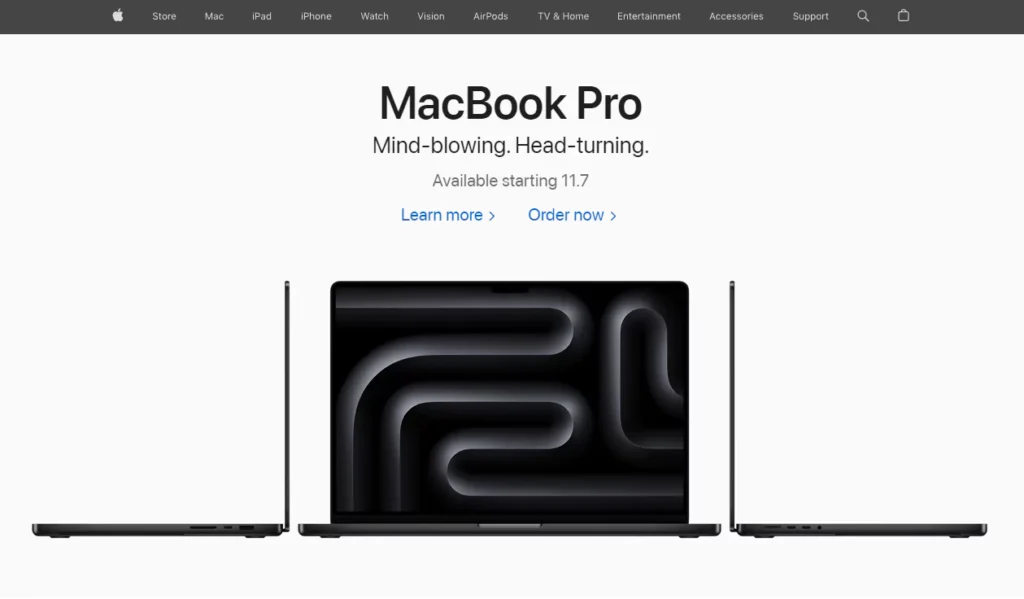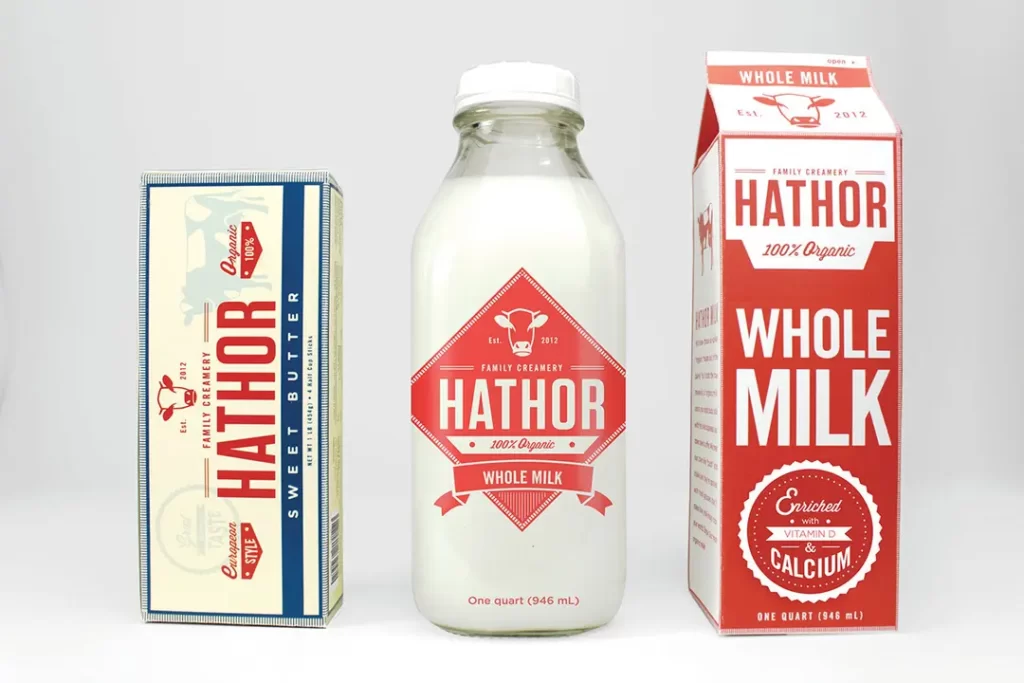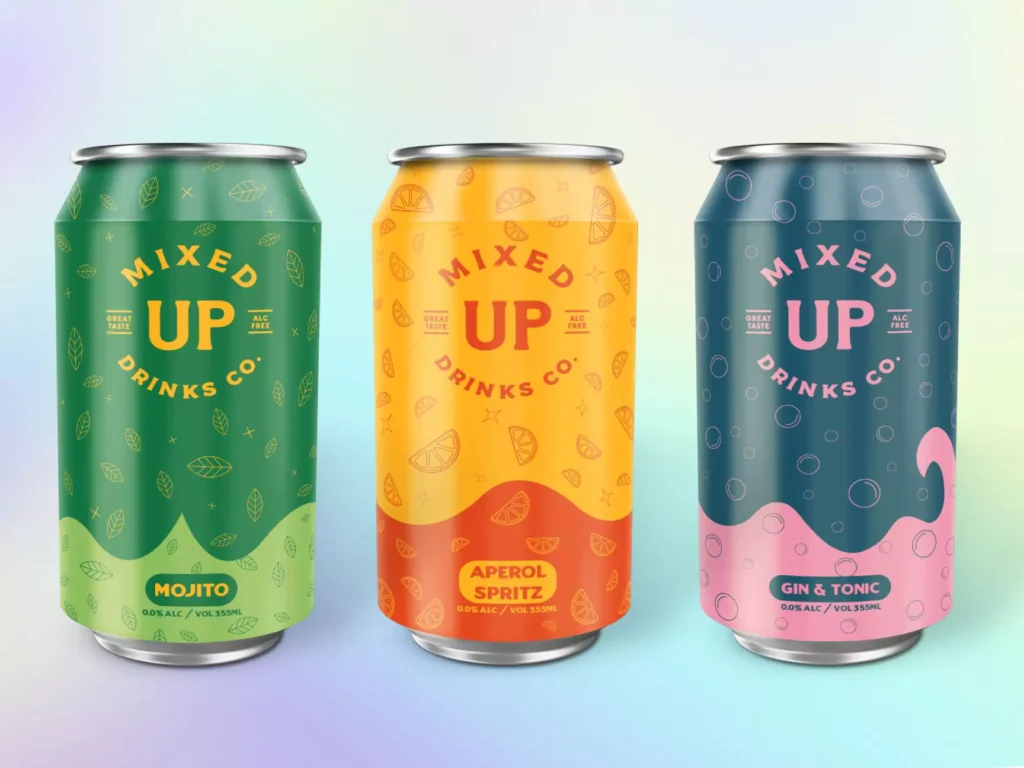Modern Graphic Design: A Brief Rundown
Graphic design plays a vital role in the modern world. As visual communication has grown more dominant in our increasingly digital and image-driven culture, graphic design has become more prominent across countless industries and applications. This article will provide an in-depth overview of the key elements defining modern graphic design.
Table of Contents
Historical Context Behind the Evolution of Graphic Design
The history of graphic design stretches back hundreds of years. However, most design historians cite the mid-20th century as the period when contemporary graphic design emerged and began taking shape. There were several critical developments during this transitional period:
- Technological Advancements – The invention of photo composition, offset printing, and early computers dramatically changed possibilities for graphic design. These new technologies enable faster, higher quality, and more experimentation.
- Swiss Design – The International Typographic Style, pioneered by Swiss designers, became incredibly influential. Asymmetric layouts, Sans-serif typography, and grid-based arrangements defined this style. It established a new aesthetic approach and philosophy rooted in clarity, objectivity, and concise visual communication.
- Postmodernism – Late 20th-century postmodern art challenged existing dogma and questioned notions of originality and authorship. During this period, graphic design began to feature more pastiche, parody, and stylistic collages. Rules and constraints were pushed or outright rejected.
These influences collectively set the stage for graphic design to progress and change rapidly as the 21st century approached. Digital tools and postmodernist mindsets granted designers the creative freedom to develop the multifaceted, dynamic visual design landscape we have today.
Defining Aspects of Modern Graphic Design

Several recurring themes and characteristics define most contemporary graphic design:
Digital-First Mentality
Today's graphic design is inherently and inextricably tied to digital technologies. Most work is natively created and intended to be displayed digitally, whether as web graphics, mobile UI, interactive page layouts, or other online media. This shapes both aesthetic styles and production methods.
Conceptual and Metaphorical Visuals
Building upon postmodernist approaches to design, most modern graphics utilise high-concept visual metaphors and symbolic representations to communicate ideas and messages. The emphasis is conveying information and a specific feeling, attitude, or experience.
Vibrant, Eclectic Styles
Current design aesthetics feature brighter palettes, energetic compositions, and display or hand-drawn type instead of more restrained historical styles. Mixing various stylistic eras has also become commonplace, leading to eclectic blends ranging from retro to futuristic.
Adaptive Across Multiple Uses
An essential consideration within modern design is adaptability across contexts and mediums. Most graphics are created to work seamlessly across websites, mobile devices, merchandise, environmental signage, etc. This requires planning layouts and visual systems that are flexible enough to scale and reformat without losing integrity.
Prominent Modern Design Styles & Trends
As with any creative field, graphic design features several subsets, specialities, and distinct styles that have emerged and attracted devoted followings:
Minimalism

Stemming from historical Swiss design principles, minimalism focuses on clear communication through simplicity, negative space, and stripped-down compositions:
- Sparse, geometry-inspired layouts
- Limited colour palette (often black and white with accent tones)
- Simple sans-serif typography
- Negative space as a critical visual element
- Avoidance of decorative elements
Minimalism remains among the most popular and applied styles across all visual design mediums.
Retro & Vintage Styles

Another prevalent modern graphic style is retro and vintage aesthetic revival. Contemporary designers expertly recreate and remix historical design elements from previous decades. Mid-century modern, art deco, punk rock zines, disco, and grunge culture are common retro touchpoints.
Nostalgic graphic treatments like faded imagery, simulated print defects, and digitally faux-aged paper textures help achieve an authentic retro look. Vintage typography is also essential for nailing specific throwback aesthetics.
Collage & Mixed Media

Building off postmodern traditions, collage and mixed media techniques remain a mainstay of modern graphic design. This style combines photographic elements, paper textures, illustrations, paint strokes, and hand-drawn typography in dynamic layered compositions.
The scrapbook-like approach promotes depth, organic textures, spontaneity, and visual interest. Collage graphics also enable endless creativity and variation.
Animated & Kinetic Motion Design
In the digital realm, motion design opens whole new possibilities for graphics. Animated UI, cinemagraphs, kinetic typography, and video compositing have become crucial new design territories.
Interaction design, animation principles, video editing, and other motion skill sets are now fundamental for UI, UX, advertising, branding, broadcast, and online artists seeking to create immersive, dynamic content.
Variable Data & Generative Design
Two additional modern graphic capabilities are variable data and generative design. Variable data involves creating flexible templates that display dynamic, customised data feeds in real-time, like charts or personalised imagery.
Generative design utilises unique algorithms and codes to construct original, one-of-a-kind graphics in an automated, randomised fashion. This delivers imagery and animations that constantly evolve in unique, iterative ways.
Both areas demonstrate the expanding technological capacity of contemporary graphic design via automation, customisation, and boundless variability.
Critical Modern Design Tools & Programs
The digital software landscape has greatly expanded the toolbox available for modern designers. While traditional bitmap, vector, layout, and photo-editing apps remain crucial, several other categories of tools have become essential:
- Motion & Animation – After Effects, Blender, Adobe Animate
- 3D & CGI – Cinema 4D, Houdini, Dimension
- Generative Design – Processing, TouchDesigner, Unity
- UI & UX – Figma, Sketch, InVision Studio
- Variable Data – Adobe InDesign, Canva, QuarkXPress
Learning these new realms opens possibilities with the interactive, customisable graphic capabilities discussed earlier. Expertise across multiple digital tools ensures designers can support diverse branding, publications, web, apps, advertising, data visualisation, AR/VR, environmental, packaging, and experiential needs.
Key Graphic Design Specialties

Given its expansive utility spanning all media and industries, several distinct design focuses have developed:
Publication Design
From books and magazines to brochures and catalogues, publication designers focus on multi-page print layouts, typographic systems, editorial content pairing, production quality assurance, and print/digital hybrid workflows.
Packaging Design
The packaging incorporates branding display, marketing messages, production restrictions, sustainability factors, shipping protection, photography, and regulatory details into cohesive designed containers and wrappers suitable for retail shelves or e-commerce.
Environmental & Spatial Design
Also known as experiential design, spatial design handles graphics integrated into built environments and physical spaces. Wayfinding, architectural signage, retail storefronts, trade show booths, murals, vehicle wraps, and event installations are featured here.
Broadcast Design
Broadcast design involves crafting the visual identity, sequences, transitions and motion elements for video content and television. Network branding, film titles, video bumpers, lower thirds, chyrons, credits, and broadcast animation fall under this category.
Information Design
Information designers specialise in transforming complex data and dry facts into clear infographics, diagrams, maps, visual explanations, and data storytelling. They make statistics accessible and actionable.
These represent a sample of the diverse design directions open to those pursuing graphic design careers today.
Why Graphic Design Matters More Than Ever

We truly live in a visual age. People think and process information holistically, associating messages with imagery, video, and aesthetics. We instinctively decode visual symbolic messaging all day while scrolling feeds, watching content, or passing signage.
Furthermore, rapidly evolving technologies will expand graphic design integration through extended reality, intelligent interfaces, and interactive environments. Wherever human attention focuses, graphic design plays a crucial role in shaping experiences and perceptions.
The Power of Good Design
Well-executed design directly impacts bottom lines and behaviours through:
- Increased brand awareness and retention
- Heightened memorability for messaging
- Driving action through design psychology
- User experience enhancement
- Higher engagement and conversion rates
- Tangible competitive advantages (innovation, efficiency, quality, cost savings etc)
Design ROI in Statistics
Some revealing statistics about design effectiveness:
- 89% say company branding informs their purchasing preferences
- 64% of customers cited shared values as why they buy certain brands
- UI changes led to 212% more mobile sales for Sephora
- 75% of users say aesthetics are essential for web credibility
- Enterprise companies that invest in design deliver 219% greater returns compared to their competitors
Custom graphic design services pay dividends across objective performance metrics, given how saturated our environments are with imagery, creativity, quality aesthetic treatments, and strategic designs that set businesses apart.
The Future: Design Thinking & Leadership
Today, graphic design inhabits executive conversations and boardroom strategy more than ever, thanks to its proven impact. We now recognise design as essential to customer experience, product development, workflow optimisation, sustainability, and responsible innovation initiatives.
Design thinking has evolved as a human-centric creative problem-solving framework utilised within organisations of all sizes and industries. Valuable perspectives can get trapped inside functional department silos until design thinking fosters cross-disciplinary collaboration, fresh viewpoints, and inspirational visions unconstrained by convention.
Visionary design leaders who can connect wide-ranging specialities into a unified customer journey aesthetic have become some of the most sought-after creative directors. The next generation of art directors must continue pioneering increasingly multi-dimensional graphic language and push boundaries into uncharted interactive spaces.
Conclusion
This overview highlights why graphic design now features so prominently across digital interfaces, advertising, media content, commercial environments, products, and services. Contemporary styles emphasise vibrant aesthetics, conceptual approaches, adaptability and motion.
Expanded design software ecosystems grant incredible creative freedom. We have only begun scratching the surface regarding generative algorithms, interactive graphics, and immersive animations. Graphic design roles now also bridge into specialised focus areas spanning spatial design, information communication, branding, packaging, broadcast, UI/UX and more.
Graphic design has a considerable part to play, advancing visual communication, storytelling, aesthetics, and human-centric solutions into the future. The most progressive designers will think expansively when considering how good graphic design and creativity can positively enhance lives at scale.
Frequently Asked Questions:
What are the most critical skills for a modern graphic designer?
Adaptability across print and digital mediums, UI/UX principles, photo editing, illustration, advertising psychology, video software, motion graphics, creative writing, research, analytics, art direction, and design thinking for strategic messaging.
What designer tools should someone new to graphic design learn first?
Begin by mastering Adobe Creative Cloud apps like Photoshop and Illustrator InDesign since they provide foundation training for raster and vector images across industries.
What is an emerging graphic design speciality field?
XR/AR/VR design, spatial/environmental experiential graphic design, and UI/UX offer huge growth areas as interactive digital spaces and products expand.
How competitive is the job market for graphic designers today?
The design has experienced steady growth even despite economic recessions. However, more candidates and technological shifts also make the industry highly competitive. Building diverse skills and a standout creative portfolio is critical.
What should I include in my graphic design portfolio?
Feature 8-15 highly-polished projects showcasing conceptual thinking and excellent technical execution across multiple categories like branding, UI, publication design, infographics, packaging, motion, 3D modelling, etc. Apply consistent personal branding across portfolio presentations.
